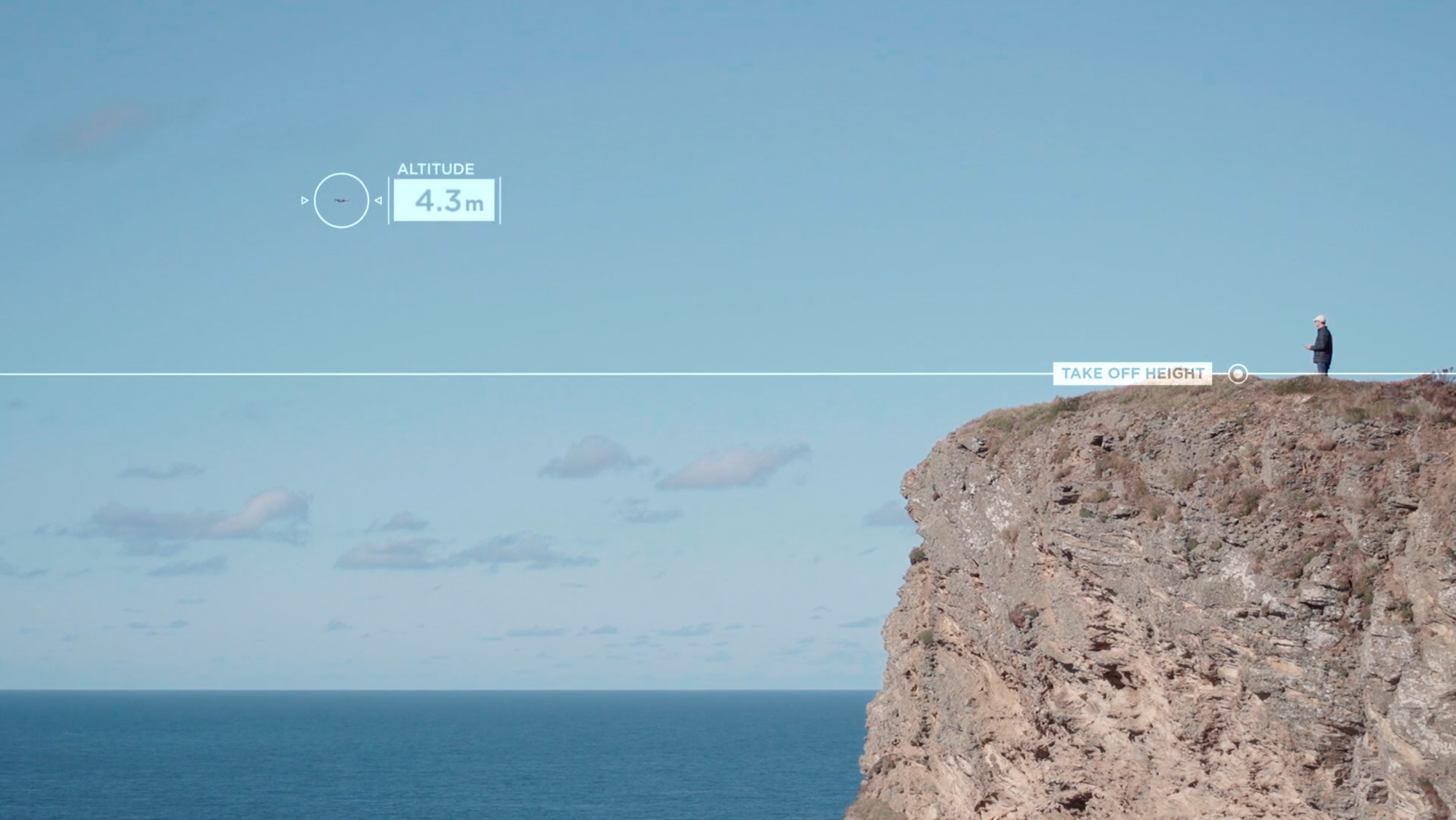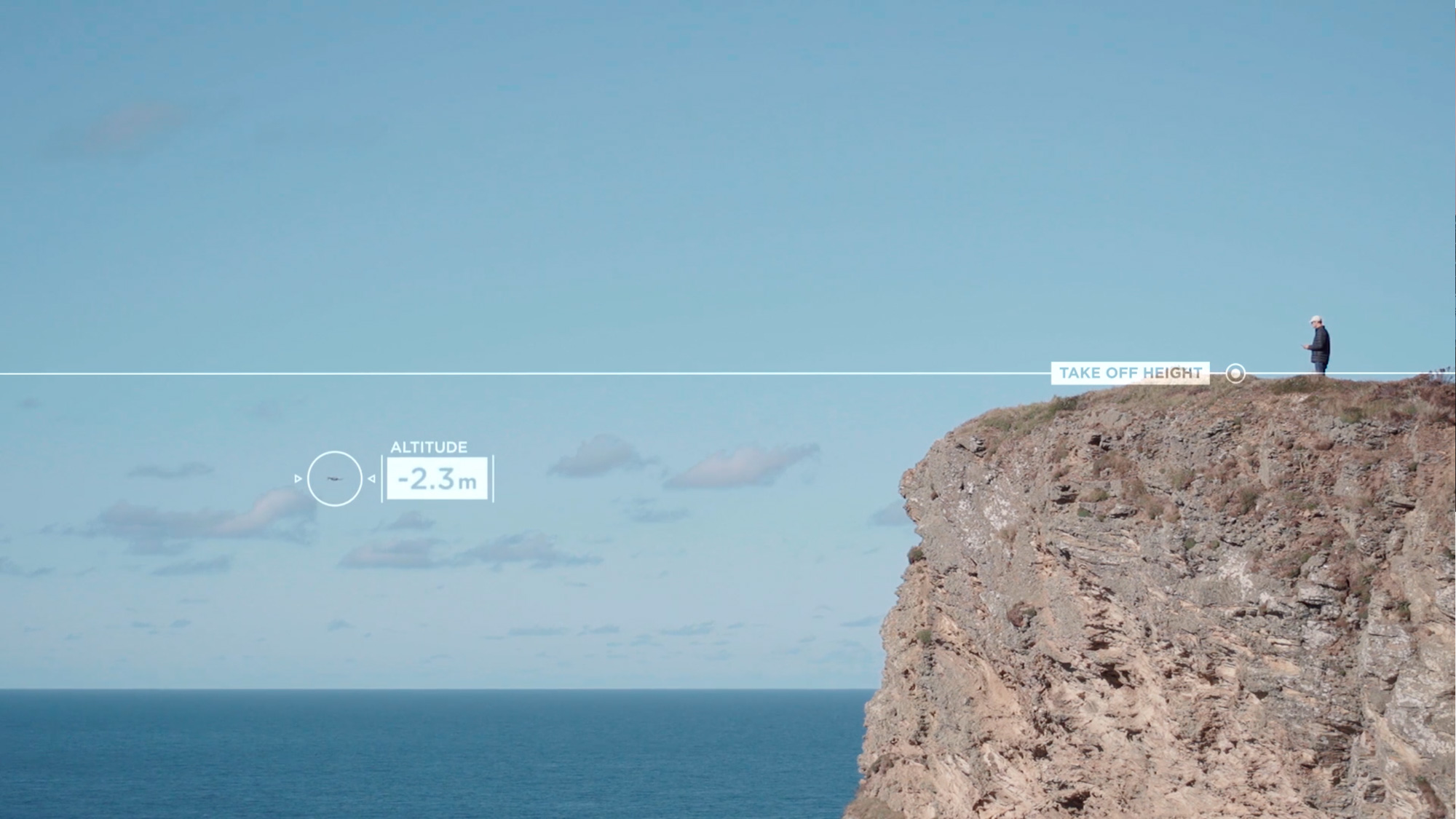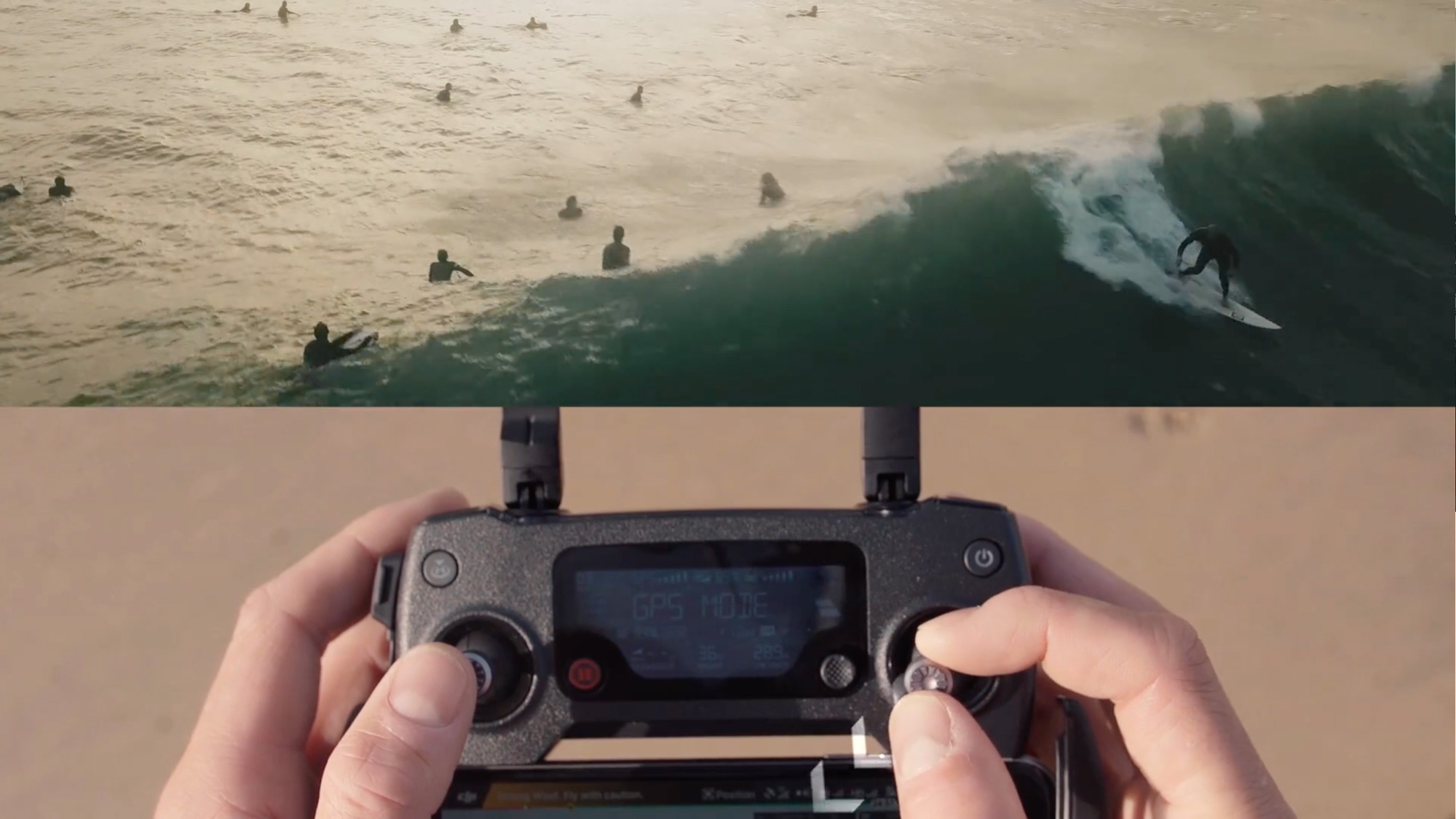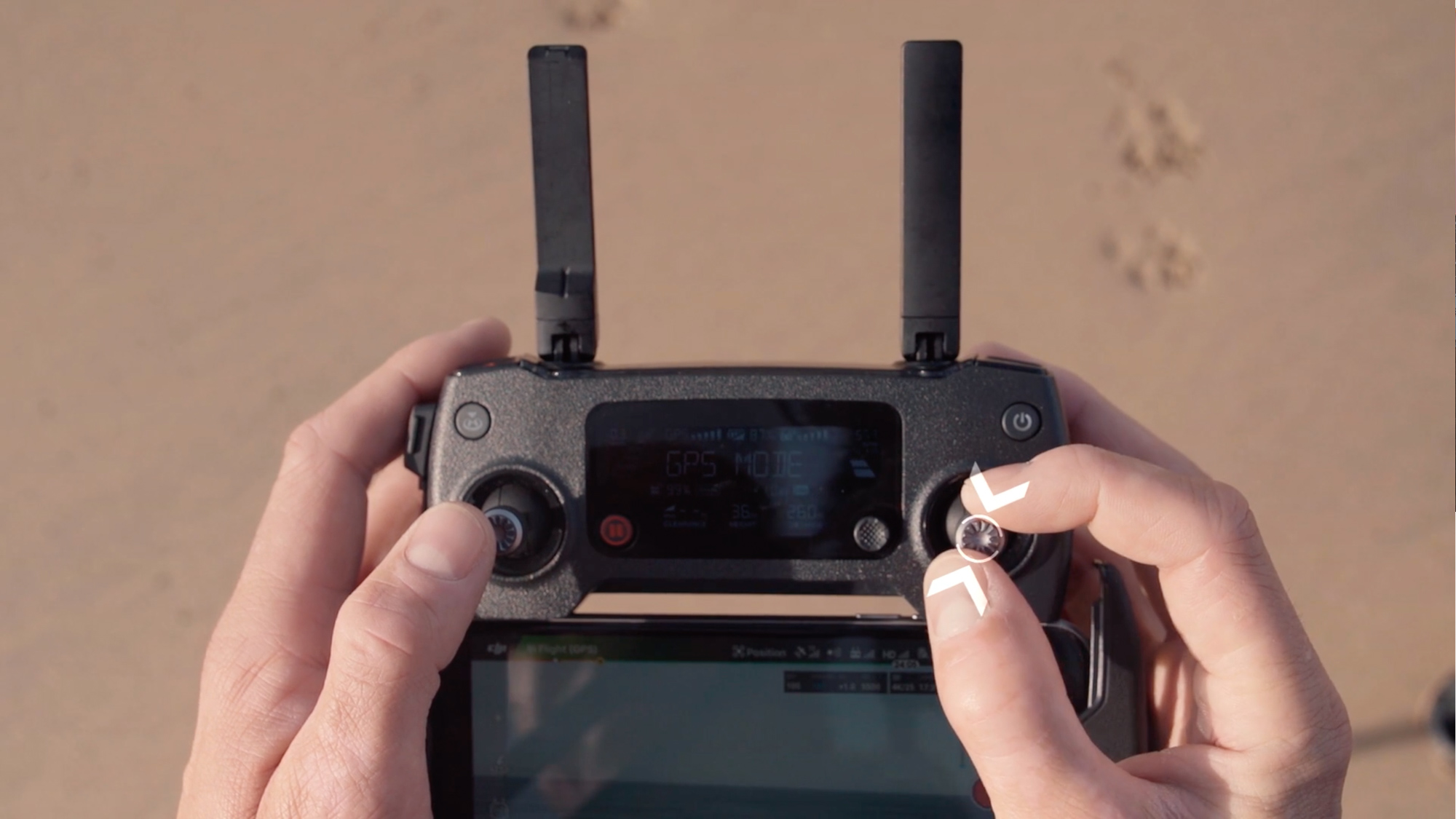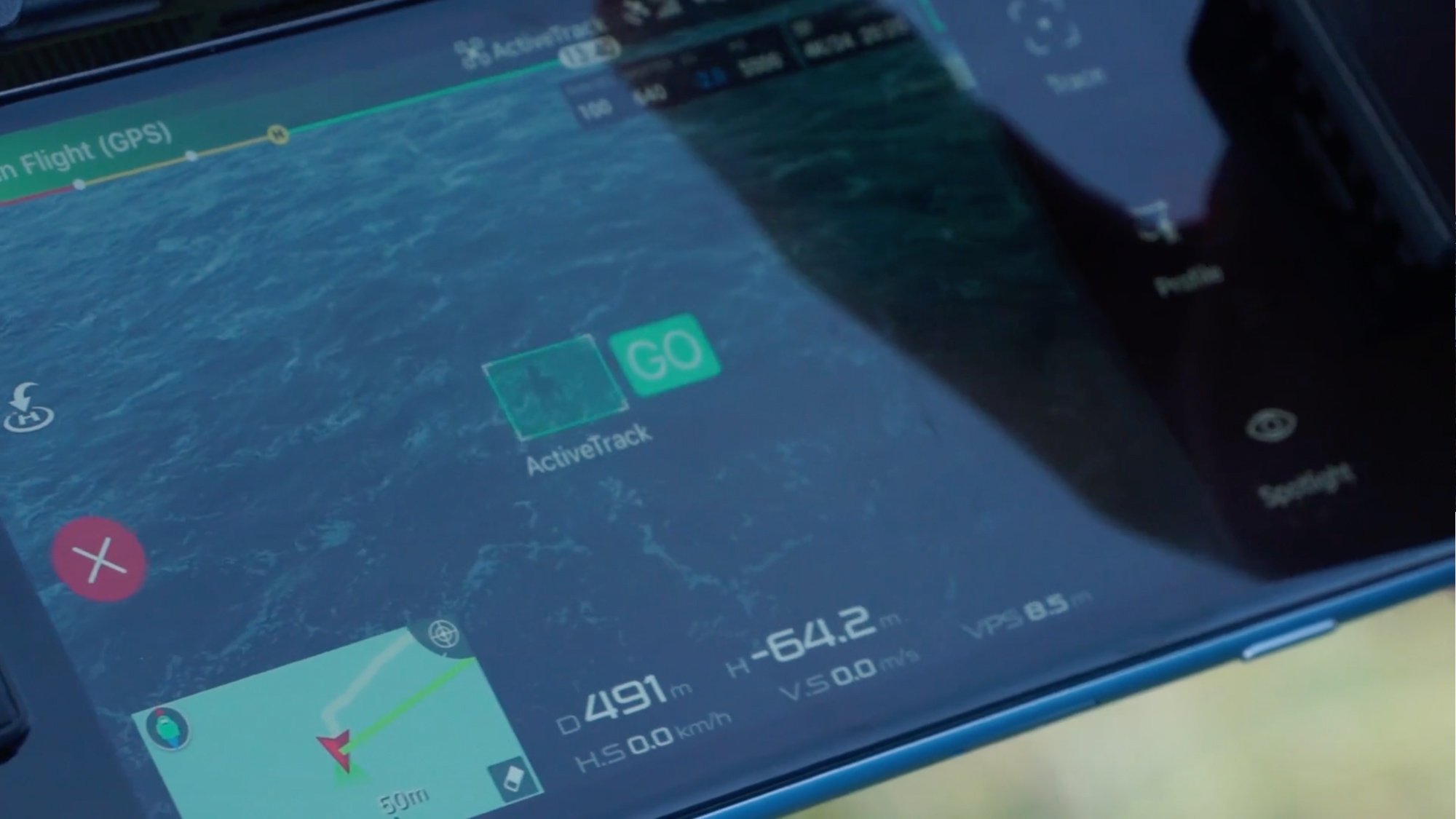For years, you could only really shoot great surf shots with a huge lens or by sticking some fins on your feet and getting wet – like these guys…
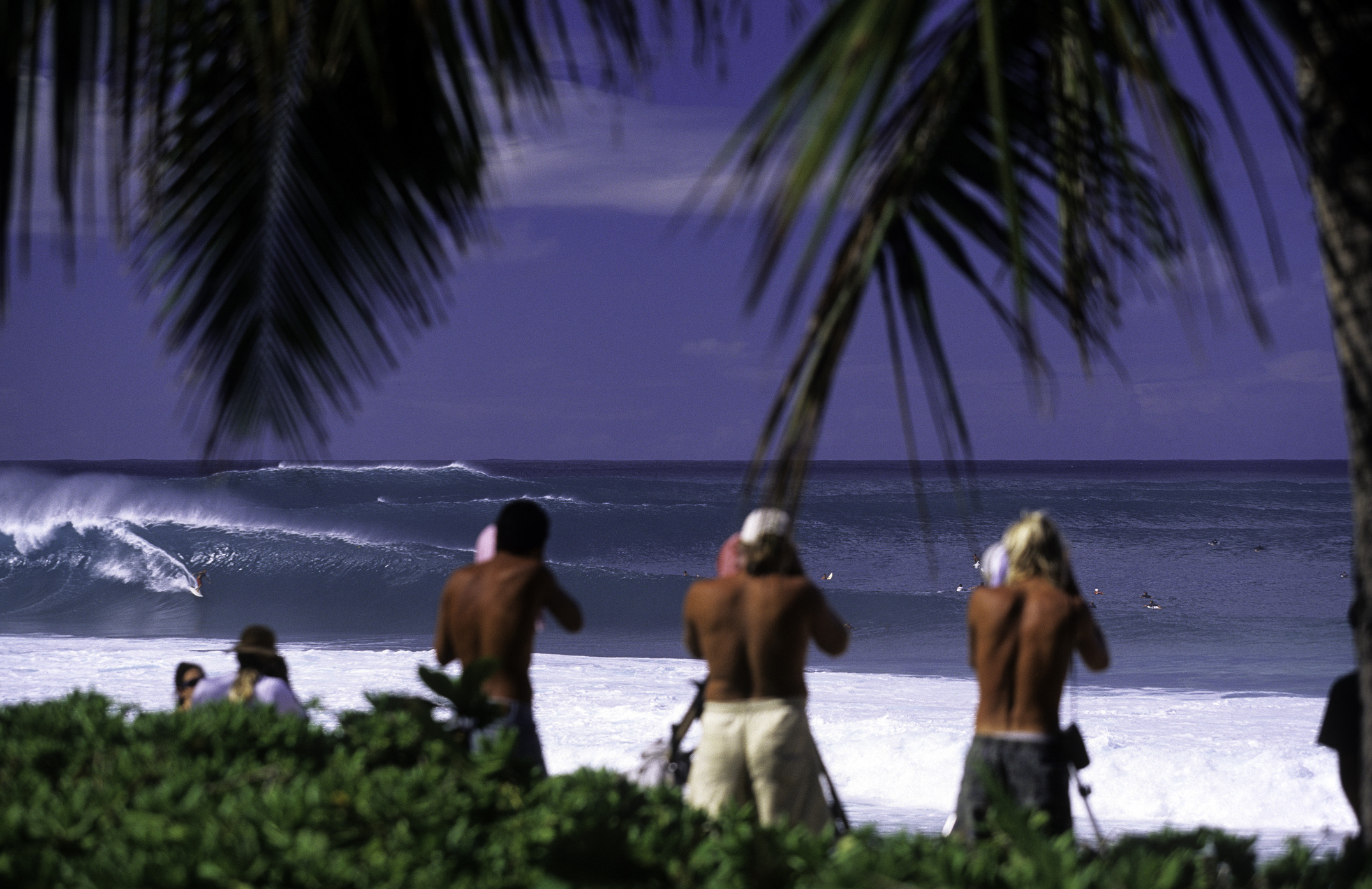
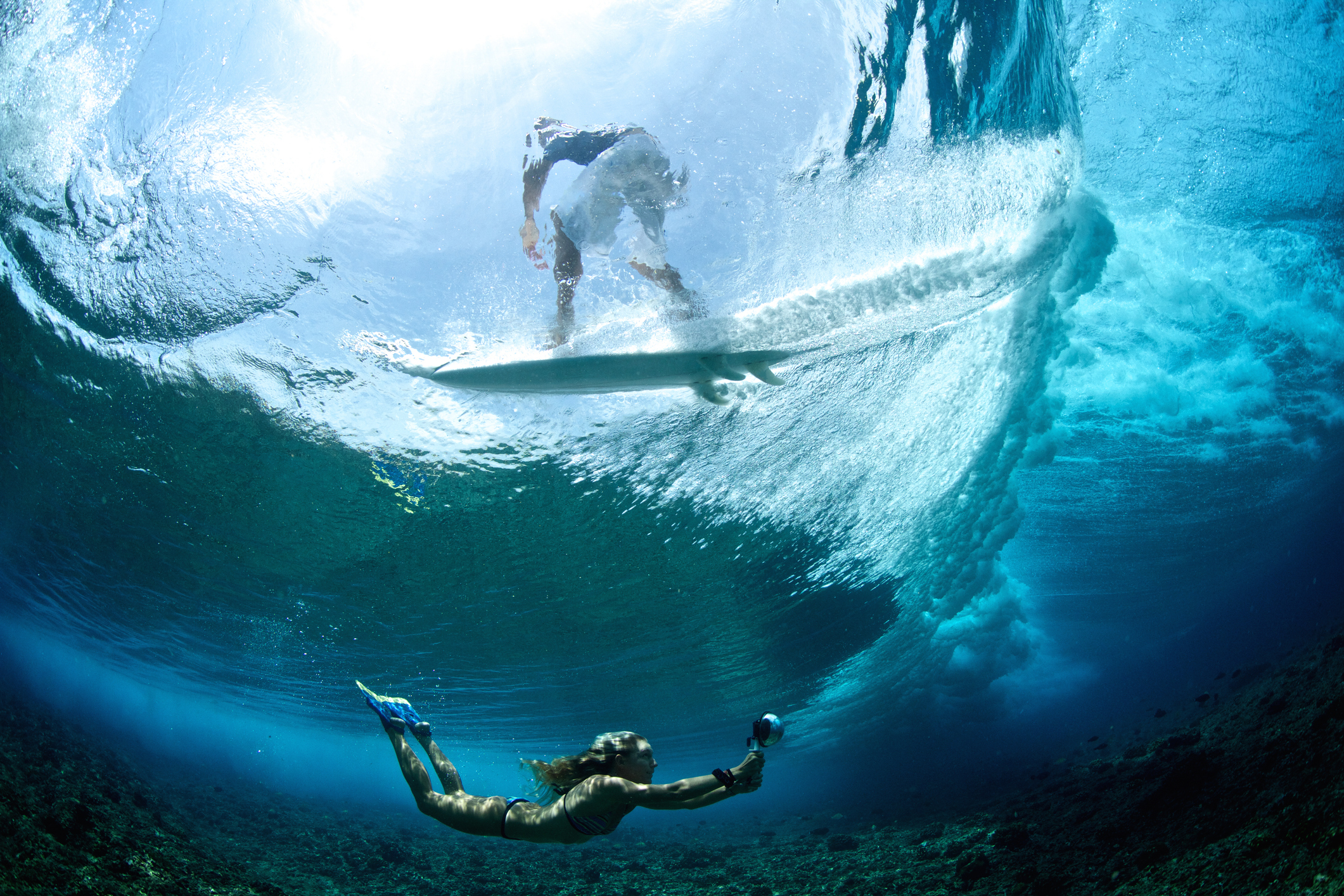
Today, drones have changed the game. The DJI Mavic Pro is a super compact model that’s easy to take to your favourite break and gives you the chance to capture epic aerial angles of the ocean.
In this article, we’re going to cover a few useful techniques for flying your Mavic over the surf.
“Drones have changed the surf photography game”
Before taking off, the first top tip is to get yourself a set of ND filters. These little lens covers are basically like sunglasses for your camera. In bright conditions with lots of reflected light, sticking one of these on will enable you to shoot at slower shutter speeds, making for perfectly smooth and professional-looking video.
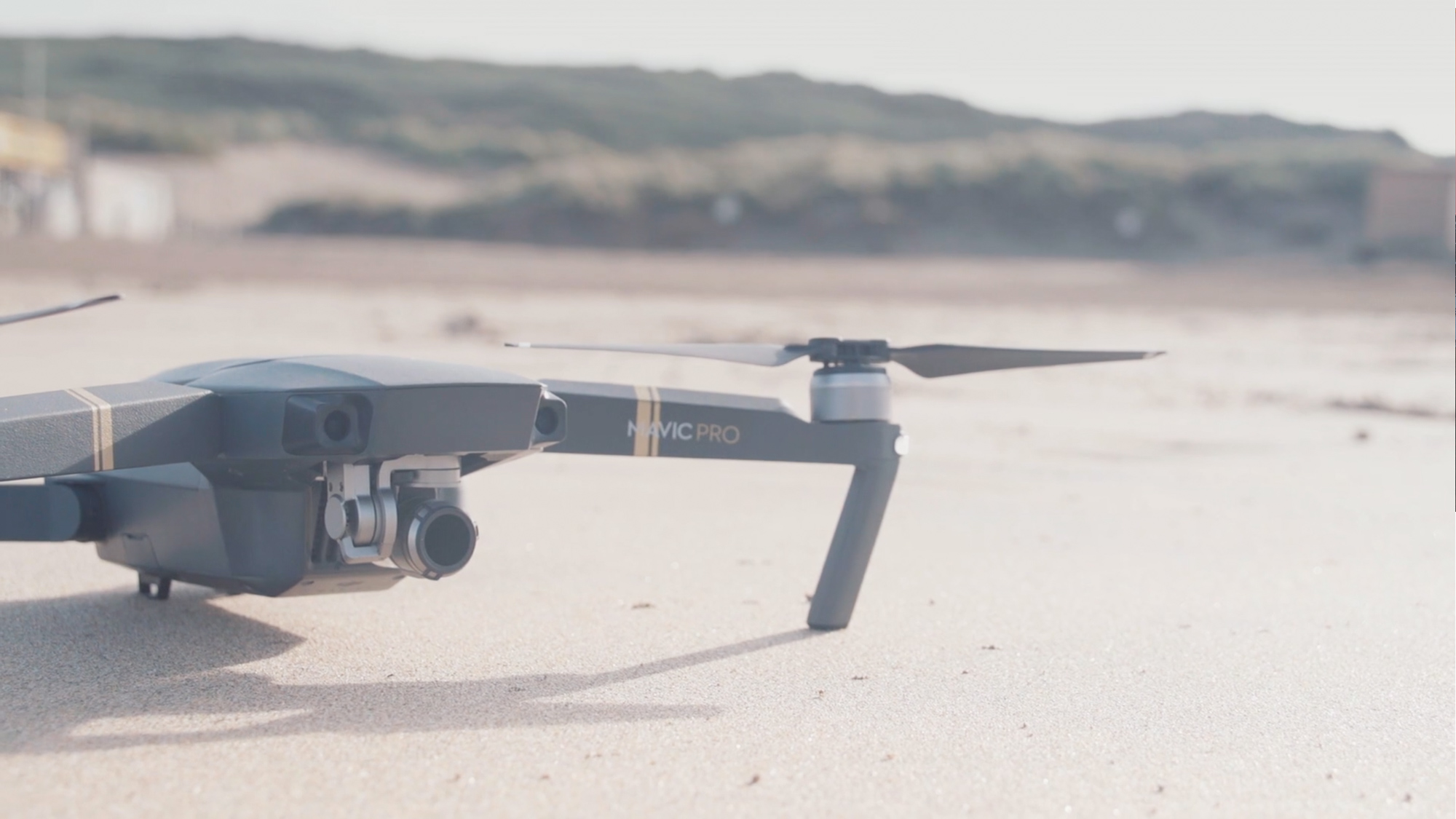
The higher the number, the darker the filter. Try different ones until you can correctly expose with a shutter speed that’s double your video frame rate – that’ll mean 1/50th of a second if you’re filming at 25 frames per second.
If you’re taking off from a cliff or rock above the sea, pay extra attention to your altitude. The Mavic’s sensors will measure its height from the ground – if you move over the edge of a headland and then descend towards the ocean, you will begin to see a negative number, so keep one eye on the aircraft at all times.
